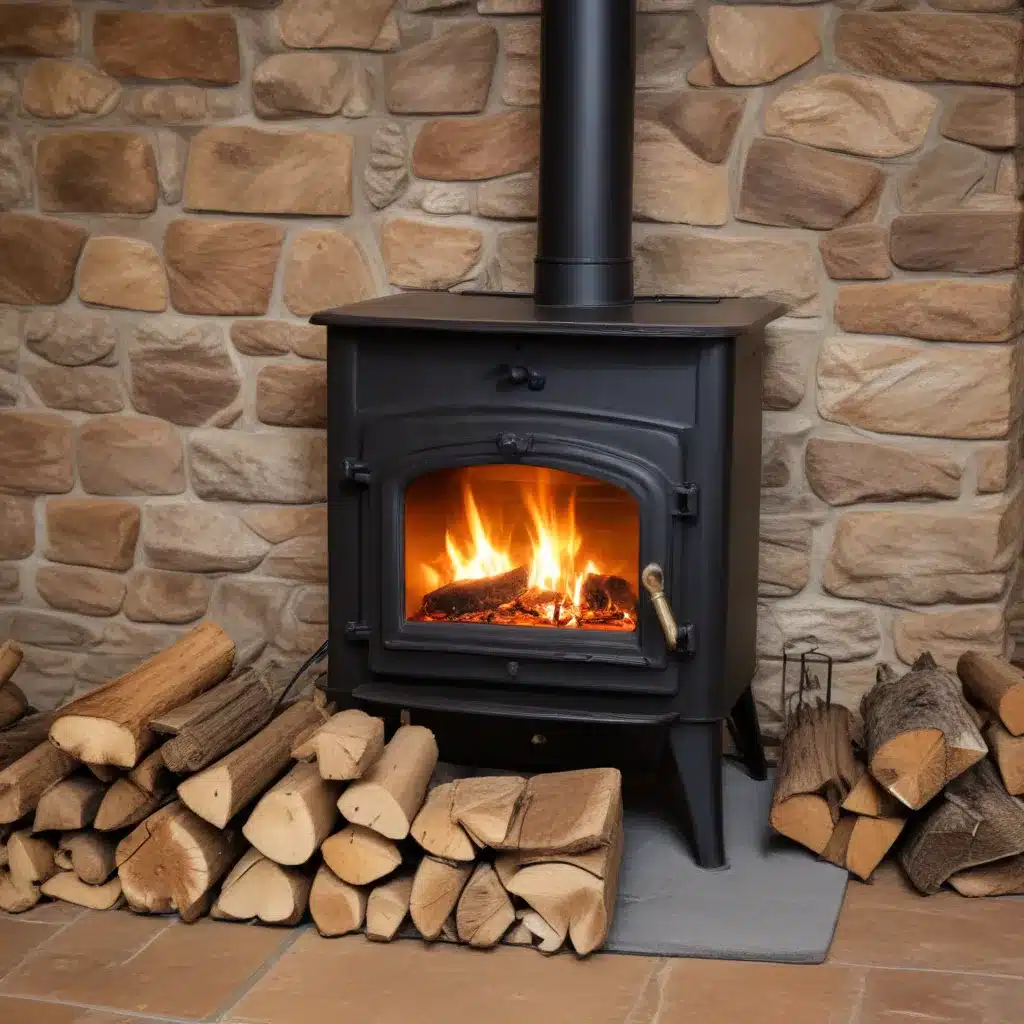
Navigating Air Quality Regulations and Upgrading to Eco-Friendly Heating Solutions
As a seasoned expert in wood stoves and heating solutions, I’ve witnessed firsthand the growing popularity of these appliances, particularly in urban areas seeking alternatives to fossil fuel-based heating. However, the increasing use of wood-burning stoves has also brought about a new set of compliance challenges, especially for those living in densely populated regions.
The Rise of Biomass Combustion and Its Impact on Air Quality
In recent years, the use of biomass for heating, including wood-burning stoves and boilers, has surged in many cities due to a desire for non-fossil fuel heating options. Unfortunately, this rise in biomass combustion has also contributed significantly to fine particulate matter (PM 2.5) pollution, a major concern for urban air quality.
Poor air quality, often exacerbated by combustion-based heating, is linked to a wide range of adverse health impacts, including cardiopulmonary illnesses and cancer. In urban areas, the primary pollutants are typically nitrogen oxides (NOx) from vehicle exhaust, but the emission of fine particulate matter (PM 2.5) is emerging as an increasingly significant issue.
Regulatory Challenges: Navigating the Disconnect Between WHO Guidelines and EU Standards
The World Health Organization (WHO) has established clear guidelines on acceptable limits for various air pollutants, including PM 2.5. However, the UK government currently follows the less stringent EU PM 2.5 compliance metrics, which set limits four times higher than the WHO’s recommended maximum.
This disconnect between WHO recommendations and legally binding EU standards poses a significant challenge for wood stove users in densely populated areas. As the health impacts of PM 2.5 are being identified at concentrations lower than the EU limits, there is a growing need to align national regulations with the WHO’s more protective guidelines.
Tackling Emissions from Wood-Burning Stoves
The contribution of wood-burning stoves to urban air pollution is not yet fully understood, as there is a lack of accurate data reflecting real-world usage patterns. While modern wood-burning stoves are generally more efficient and cleaner-burning than older models or open fires, their true impact on air quality remains an area of ongoing research.
To address this issue, the EU has introduced new Eco-design legislation, which will regulate the emissions and efficiency of wood-burning stoves sold in the UK starting in January 2022. This legislation will prohibit the manufacture and sale of non-compliant stoves, but it will not impact existing stoves already installed in households.
Fuel Quality and User Behavior: Key Factors in Emissions Reduction
How wood stove users operate their appliances and the quality of the fuel they burn can have a significant impact on emissions. User behavior, such as rapid door opening and use of high-moisture wood, can increase indoor air pollution levels and negate the efficiency gains of modern stove designs.
The “Ready to Burn” scheme, introduced by the UK government, aims to address the issue of fuel quality by recognizing dry firewood and briquettes that meet the required moisture content standards. However, research suggests that the optimal moisture content for the lowest particulate emissions may actually be between 10% and 18%, lower than the 20% limit set by the scheme.
Exploring Place-Based Approaches to Wood Stove Regulation
Given the varying impacts of wood-burning stoves on air quality in different urban environments, a place-based approach to regulation may be a viable solution. Targeting specific geographical regions, such as densely populated areas or valleys where air movement can be stagnant, could help improve local air quality and mitigate the emissions from wood-burning appliances.
Incentive schemes to encourage the replacement of older, more polluting stoves with newer, eco-design compliant models could be implemented in these targeted areas, helping to reduce the environmental impact of wood-burning heating.
The Growing Threat of Outdoor Biomass Burning
While indoor wood stoves are seeing improvements through regulations and technological advancements, the issue of outdoor biomass burning, such as from barbecues, fire pits, and chimineas, is becoming increasingly concerning. Unlike the relatively controlled combustion in a stove, these outdoor fires are often highly inefficient and highly polluting, exposing users and bystanders to direct emissions.
As we spend more time outdoors to facilitate the “new normal” of living with COVID-19, personal exposure to these outdoor biomass emissions is a growing concern. Unlike indoor stoves, where emissions are removed via a flue, outdoor fires release pollutants directly into the immediate environment, posing a greater health risk.
A Holistic Approach to Cleaner Air
There is no safe level of air pollution, especially in our homes and communities. Achieving the WHO’s recommended air quality standards should be the minimum goal, but it will require a concerted effort from industry, local and national governments, and academia to ensure that the best available evidence informs policy decisions.
Improving air quality is not a problem that can be solved through a single solution. It will require a multi-faceted approach that addresses the various sources of combustion-based pollution, from vehicle emissions to biomass burning, both indoors and outdoors.
By working together to implement effective regulations, encourage the adoption of cleaner heating technologies, and promote user education and awareness, we can take meaningful steps towards cleaner air and healthier communities, even in densely populated urban areas. Addressing the compliance challenges faced by wood stove users is just one part of this broader effort to safeguard our environment and public health.
For the latest information and guidance on wood stoves, fireplace maintenance, and sustainable heating solutions, be sure to visit https://woodstoveheaters.com/.


